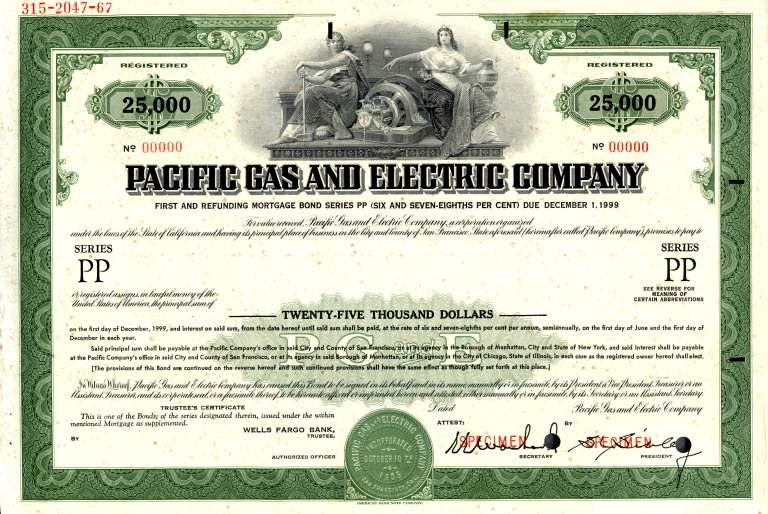Although returns were largely positive, 2014 did little to ease the risks in Fixed Income, and in some categories, made the situation decidedly more precarious. Looking at the funds and ETFs I follow, municipal bonds, foreign bonds, and long-term treasuries saw their yields fall, with prices markedly higher. Bonds with the longest duration experienced the greatest change in price.
We are now several years into a low interest rate environment which central banks, like the Federal Reserve, manufactured through their interest rate policies and quantitative easing (bond buying) mechanisms. The market consensus was that these depressed interest rates were like a coiled spring, ready to shoot higher and eventually cause bond investors to endure painful losses. The flip side of some bonds gaining 10-20% in value this year is that if interest rates were to increase by 1-2% in 2015, those same investors could potentially see 20% or higher losses in their positions.
A strong return in 2014 creates a challenging situation – if those categories were overvalued before, they’re even more expensive now. Although the potential for interest rate risk is now higher than ever, the market is beginning to recognize that without increased signs of inflation, we might be stuck with these low rates for an unprecedented number of years. While the yield on the US 10-year Treasury is around 2.2% today, the equivalent 10-year government bond yields less than 1% in Germany, Japan, and a number of other countries. To accept such a low rate suggests that deflation remains a greater concern than inflation for investors in some locations.
Investors positioned defensively in short-term bonds, floating rate, high yield bonds, or TIPS, all lagged the Barclays Aggregate Bond Index in 2014. How should we position for 2015 then? In our Good Life Wealth model portfolios, we are taking a three-prong approach.
1) We don’t try to predict interest rates or speculate on bonds. The role of Fixed Income in our portfolios is to mitigate the risk of our Equity positions. We are looking to have lower interest rate risk (“duration”) than the overall bond market. This means we will make less if interest rates continue to fall, but we will also lose less if or when rates eventually rise.
2) We will underweight areas where yields are too low to compensate for the potential risks. For now, this means we avoid foreign and US treasuries and TIPS. We keep cash to a minimum, to 1% or the amount required for 12 months of withdrawals.
3) We consider each Fixed Income category in terms of its potential rewards and risks. For example, a fund with an SEC yield of 3 and a duration of 3, would have a ratio of 1; a fund with a yield of 2 and a duration of 4, would have a ratio of 0.5, which is less desirable. That’s not to say that we can simplify our selection process to a single step, but it does help inform how quickly we would recover from potential losses, so we can be better positioned if interest rates were to rise.
Although bond prices can be volatile in the short-term, the beauty of bonds is that their Yield to Maturity is a very strong predictor of how the bonds will behave over their lifetime. Our primary focus then is on the opportunity each bond category will provide over time rather than what might occur in the short-term.
With US Stocks sitting at or near all-time highs, bonds may be an after-thought for some investors. And with today’s paltry yields, it’s no wonder. However, bonds have an important role in protecting our portfolios and creating income to contribute to our total return. We’re not going to ignore the risks in bonds, so you can count on our Fixed Income allocation to continue to be tactical in the years ahead.




